In contrast, the secondary market involves the trading of existing securities between investors, providing liquidity and the ability to trade. With equities, the distinction between primary and secondary markets can seem a little cloudier. Essentially, the secondary market is what’s commonly referred to as the best way to learn about investing “the stock market,” the stock exchanges where investors buy and sell shares from one another.
Raising capital
The purpose of the primary market is for issuers—often corporations or governments—to raise capital. In the financial markets, secondary markets allow securities to trade long after the initial issuer receives funds. This robust market offers liquidity while helping assure issuers that there will be buyers the next time they come to the primary market. The primary market refers to the market where securities are created and first issued, while the secondary market is one in which they are traded afterward among investors.
The investment banks set the initial price, which receives a fee in return for undertaking sales. However, the remaining proportion of the earnings goes to the issuers. As an individual investor, you may not have encountered a primary market offering before.
Revision Presentation – UK Economy and the EU
Companies and government entities sell new issues of common and preferred stock, corporate bonds, and government bonds, notes, and bills on the primary market to fund business improvements or expand operations. Although an investment bank may set the securities’ initial price and receive a fee for facilitating sales, most of the money raised from the sales goes to the issuer. The secondary market is where investors buy and sell shares they already own and is more commonly referred to as the stock market. Any transactions on the secondary market occur between investors, and the proceeds of each sale go to the selling investor, not to the company that issued the stock or to the underwriting bank. Prices in the secondary market fluctuate and may be determined by basic forces of supply and demand.
If you invested $10,000 in the company at its IPO, you would have received 263 shares of Facebook common stock. As of February 23, 2024, those shares were selling for $484 a piece, making your investment worth $127,292. In retrospect, that primary market purchase of $38 per share seems like quite a discount.
- Considering the business plan that the company has, an investment bank agrees to invest in the security for a charge.
- In addition, they can invest in rights issues, which imply the availability of securities for sale to the firm’s existing shareholders first.
- Like with any research, it’s all about gathering quantitative data that you can react to, in order to improve your brand, product, or service.
- As we discussed, primary market offerings usually have an investment bank that acts as an underwriter.
- Instead, they were secondary market transactions because the securities were already on the market and were sold among investors.
Here are some traditional methods which, when used alongside modern data collection, can greatly improve your marketing research. Social listening reveals customer preferences, pain points, and emerging needs. With the help of AI, it’s possible to spot potential public relations crises before they escalate. With so much data out there on social platforms, a listening tool can identify key influencers and track campaign performance with ease. This is a really important market research process that has emerged over the past decade. Social media platforms offer a wealth of customer data thanks to the amount of information we, as users, put on the platform.
Options for Trade Deals if the UK Leaves the EU
This facilitates cross-border trade and investment, which can lead to increased competition, lower prices, and greater choice for consumers and businesses. It also allows for increased labour mobility, which can help to boost economic growth and productivity. Vanguard’s advice services are provided by Vanguard Advisers, Inc. (“VAI”), a registered investment advisor, or by Vanguard National Trust Company (“VNTC”), a federally chartered, limited-purpose trust company. The services provided to clients will vary based upon the service selected, including management, fees, eligibility, and access to an advisor.
New Brexit Rules Set to Increase UK Food Prices
On the other hand, the secondary market involves transactions among investors themselves including individual investors, institutional investors, traders, and market makers. The issuer of the securities is generally not directly involved in secondary market transactions once the initial issuance is completed. The primary market serves as the initial platform for companies and governments to raise capital by issuing new securities to investors. Alternatively, the secondary market facilitates the trading of already issued securities among investors. It provides liquidity to investors who wish to buy or algorand current price 1 25 usd sell stocks, bonds, or other financial instruments previously acquired through the primary market or subsequent secondary market transactions. The primary market is where securities are initially issued and sold by issuers to raise capital, while the secondary market is where these already issued securities are traded among investors.
Buyers can purchase Treasuries directly through TreasuryDirect.gov or through most brokerages. In An example of status quo bias is the securities industry, the primary and secondary markets have different, important functions. Understanding these will give you a better understanding of how the markets work. The main reason these third- and fourth-market transactions occur is to avoid placing these orders through the main exchange, which could greatly affect the price of the security.


